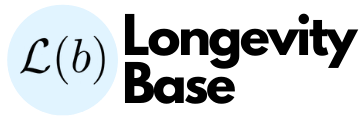What elements of the Hallmarks of Aging paper are outdated or misleading?
I think the Hallmarks of Aging paper has been surprisingly reliable through time. I believe there are certain hallmarks that are missing (or deserve their own hallmark category):
-fibrosis
-dysbiosis
-DAMP (damage associated molecular patterns) accumulation
-lipofuscin (I think lysosomal dysfunction deserves its own category—outside of loss of proteostasis)
-not sure transposons (jumping genes) belong in the category of DNA damage. There’s a lot more to that story and very different set of causative factors and downstream consequences
Although each hallmark is important in its own right and they are all tightly intertwined and integrated. There’s certainly a hierarchical influence in terms of how they interact to drive systemic aging. This realm is very interesting to me. How do the various flavors of damage interact with one another? With our cells quality control systems? What are the various “thresh holds” of damage the different tissues in our body can sustain before dysfunction? How can this inform an optimal therapeutic strategy ?
The infinite deleteriome?
Vadim Gladyshev believes there is an infinite number of damage types, what he calls “side effects or consequences of living”, to paraphrase. For the same reason he thinks that the Hallmarks of aging are misleading because they give the false impression that we know all the age-related pathologies and damage types. While Vadim is right that there must be an infinite number of consequences, we still do not know how many of those damage types are relevant during a normal human lifespan or when they become relevant if we were to extend lifespan to hundreds of years. Aubreys whole argument was always that we need to address a couple of damage types to make a dent in human aging, and then address the remaining ones in the future. Both have a point and there is a lot of space between “only 10 hallmarks of aging need to be addressed” and “we need to solve all consequences of the infinite deleteriome”.
